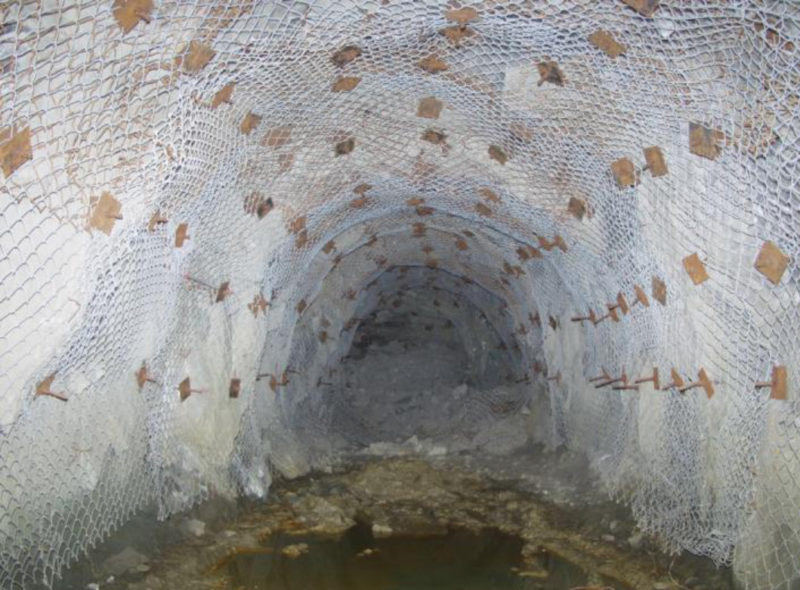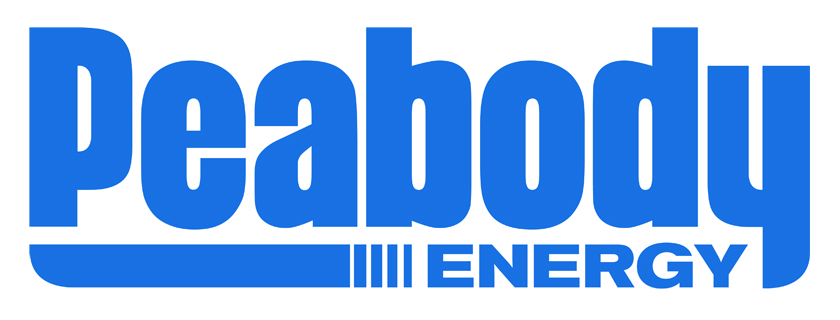Rock bolt load analysis and monitoring
Challenge
Although rock bolts have formed a fundamental part in stabilising and fortifying underground tunnels since the 1890s, very little is known about how much pressure they can withstand. Current design practice only considers the axial load capacity of the rock bolt yet rock bolts are subjected to combinations of axial, shear and bending in situ. Developing more effective rock bolt designs that not only take tensile (tension) into consideration but also bending and shear (cut-off) could significantly improve safety. In addition, the humble rock bolt could serve a greater purpose by showing the directions of the principal stress directions in the immediate rock which can be used to better calibrate computer simulations. This will enable the ability to predict potential failure rather than simply trying to prevent it.
Research
Rock bolts are generally exposed to a combination of shear, bending and tension that can cause the bolt to deform with increasing joint displacement, potentially leading to failure. In spite of these combined effects, only tensile capacity is currently considered in design and testing. Adding to this design oversight, tensile capacity isn’t the weakest performance link. Shear capacity, on the other hand, often is, which leads to support designs that tend to overestimate the rock bolts effectiveness.
Mining3 is working on a project that seeks to:
- Understand in-situ rock bolt performance
- Develop computer models which provide a more accurate and visual representation of how rock bolts perform underground
- Determine the principal stress directions close to excavations
- Create instrumented rock bolts that can measure load along the length
Benefits
- Improved safety
- Better and more reliable rock bolt support designs
- Accurate representation of rock bolts in computer models
- Ability to check in situ loads in critical locations
- Method of determining the principal stress directions close to excavations
- A reliable method to monitor rock movement (in pillars for example)
Status
TRL Level 3 – Concept demonstration
Factsheet
There is no factsheet for Rock bolt load analysis and monitoring yet.













